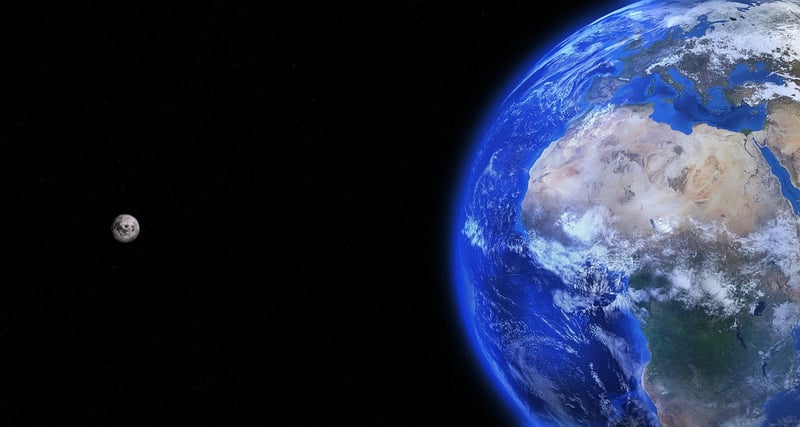Martian Ecosystems
Exploring Life Beyond Earth: Martian Ecosystems

The Search for Life
Humans have long been fascinated by the possibility of life beyond Earth. One of the most intriguing destinations in this quest is Mars, the red planet. Scientists have been studying Martian ecosystems and environments to determine if life could exist on this neighboring planet.
Martian Environment
Mars is a cold, barren planet with a thin atmosphere primarily composed of carbon dioxide. The surface of Mars is rocky and dusty, with evidence of ancient rivers and lakes suggesting a more hospitable past.
Potential Habitability
Despite its harsh conditions, scientists believe that certain regions of Mars could potentially support microbial life. Some areas may have underground water ice, which is crucial for living organisms.
Exploration Missions
NASA and other space agencies have sent rovers and landers to Mars to study its surface and environment. These missions have provided valuable data about the planet's geology, climate, and potential for life.
Recent Discoveries
Recent discoveries, such as methane in the Martian atmosphere, seasonal changes in methane levels, and the presence of organic molecules, have sparked further interest in the possibility of past or present life on Mars.
Future Prospects
Future missions to Mars aim to delve deeper into the planet's geology, search for biosignatures, and even return samples to Earth for detailed analysis. Scientists hope to uncover definitive evidence of life beyond Earth in the not-so-distant future.
Conclusion
Studying Martian ecosystems and environments offers a glimpse into the potential for life beyond our home planet. While many questions remain unanswered, ongoing research and exploration bring us closer to unraveling the mystery of life on Mars.
